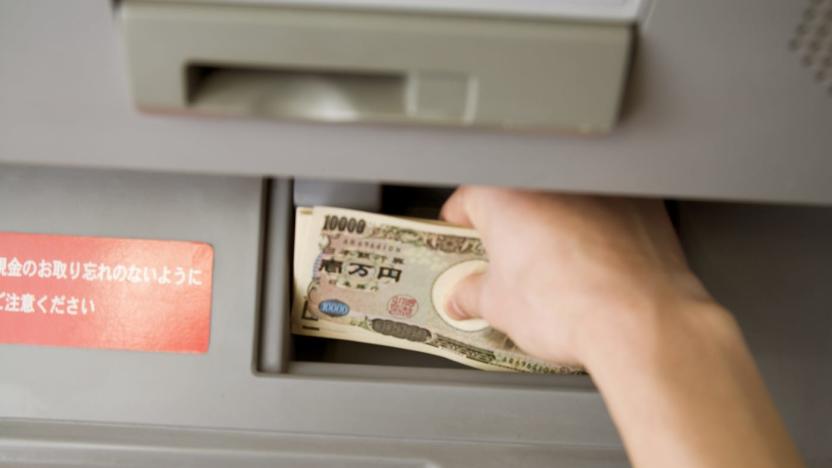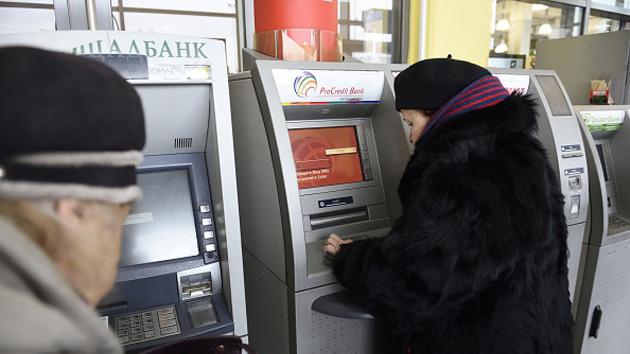timeline16bankheists
Latest

NY Fed rejected, then later approved $81 million bank heist
The financial industry has used a messaging system made by the Society for Worldwide Interbank Financial Telecommunication (SWIFT) to securely authenticate transfers between banks for decades. But recent fraudulent money requests have broken the system's impenetrable reputation. Back in February, hackers used this method to steal $81 million from the Federal Reserve Bank of New York, but officials just revealed that those requests had been red flagged and rejected previously in the day -- only to be approved hours later.

Banking service SWIFT adds new security plan following hacks
Banks use a service to send secure messages built by the Society for Worldwide Interbank Financial Telecommunications (SWIFT) to send financial transaction instructions. But recently it hasn't been so secure: Hackers stole $12 million from Ecuador banks earlier this week, the latest in a slew of thefts. Today, SWIFT released a plan to work with its customers (the banks) to shore up the messaging system's security.

Hackers steal $12 million from an Ecuadorian bank via SWIFT
Earlier this week reports showed another round of SWIFT-related cyber heists, this time targeting banks in Ecuador. A new report in Reuters sheds light on what actually happened to the high-tech thieves' $12-million loot. Apparently, they moved $9 million to 23 banks in Hong Kong and $3 million to Dubai and other parts of the world. Wells Fargo transfered sums with the total value of $9 million to the accounts of four companies at HSBC and Hang Seng Bank based on authenticated SWIFT transactions. The hackers then distributed the money to what are believed to be phoney business accounts.

ATM hacking spree nets thieves $12.7 million in two hours
Normally when your data is part of a haul from some security breach your most immediate worry is about how it can be used to steal your identity online. Well, sometimes that information is instrumental in physical heists. On May 15th, a team of hackers coordinated to withdraw $12.7 million from about 1,400 convenience store ATMs across Japan in under two hours.

Report: Bank network flaw helped hackers steal $80 million
Thieves who stole $81 million from the Bangladesh Bank may have been aided by a security flaw in the SWIFT international banking network, according to Reuters. Security researchers from BAE found malware designed to help thieves delete transfer information to hide their tracks. "I can't think of a case where we have seen a criminal go to the level of effort to customize it for the environment they were operating in," says BAE's Adrian Nish. SWIFT, a coop with 3,000 member banks, confirmed that it knew about malware targeting its client software, though Bangladesh police say they haven't found it on the bank's servers yet.

Hackers tried and failed to steal a billion dollars from bank
Hackers stole $80 million from a bank, but it could have been a lot worse if they had just Googled the name of a company, according to Reuters. Thieves got inside servers of the Bangladesh Bank, stealing the credentials used to make online transfers. They then bombarded the Federal Reserve Bank in New York with up to 13 money transfer requests to organizations in the Philippines and Sri Lanka. The Fed allowed four to go through totaling $81 million, but the next one was flagged by a routing bank in Germany because the hackers misspelled "foundation" as "fandation."

Subtle malware lets hackers swipe over $300 million from banks
It's no secret that hackers see banks as prime targets, but one band of digital thieves is conducting heists on a truly grand scale. Security researchers at Kaspersky have published details of malware attacks that have stolen at least $300 million from financial institutions in 30 countries. The crooks not only trick bank employees into installing a virus (Carbanak) through spoofed email, but spy on staff in order to mimic their behavior and prevent any telltale signs that money is falling into the wrong hands. Many of the attacks focus on shuffling money to outside accounts, although some will send paper cash to ATMs monitored by criminals.



